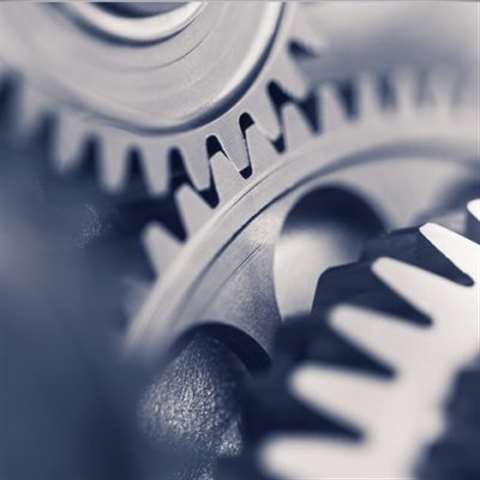Applied Nano Surfaces Becomes Tribonex AB

Applied Nano Surfaces (ANS) was founded 14 years ago as an advanced surface finishing and coating technology innovator. The company offers its technologies as a commercially viable and cost-effective solution to reduce component wear and friction on many of the critical parts that are produced within the industrial and mobility component manufacturing segment.
The new company name, Tribonex, reflects its technological advancements and also positions the company as the global leader in providing dedicated solutions for solving problematic wear and friction issues experienced across many component applications. The strategic focus also included a new ownership position by First Venture Sweden AB, a technology fund listed on the Nasdaq Nordic stock exchange.
The company’s flag ship technology known as Triboconditioning, is a patented mechano-chemical surface treatment process, which has been successfully applied to both inner and outer diameters of various components used within the mobility powertrain, hydraulics, and industrial industry sectors.
Applications span from automotive drivetrain components, such as transmission gears, drive shafts and differentials, to engine components such as cylinder bores, blocks, liners cam/crankshafts, to industrial components used within hydraulic motors, pumps, compressors, rock drills, and specialized gears and bearing. All areas where reduced friction and wear are important elements for efficient and reliable performance.
The need for increased wear and friction reduction technologies is ever evolving and demanding with much interest being generated by market shifts towards electromobility and the use of alternate fuels such as hydrogen being used in the mobility sector.
To meet these new demands for tougher wear resistance and improved efficiency, the company will also accelerate its development and implementation of one of its proprietary solutions referred to as Triboconditioning CG (TCG). This novel mechano-chemical surface treatment is built upon the principles of Triboconditioning but is applicable for use on components with complex geometries, such as gears used within EV/hybrid transmissions, differentials as well as industrial applications including components used within hydraulic and compressor products.





